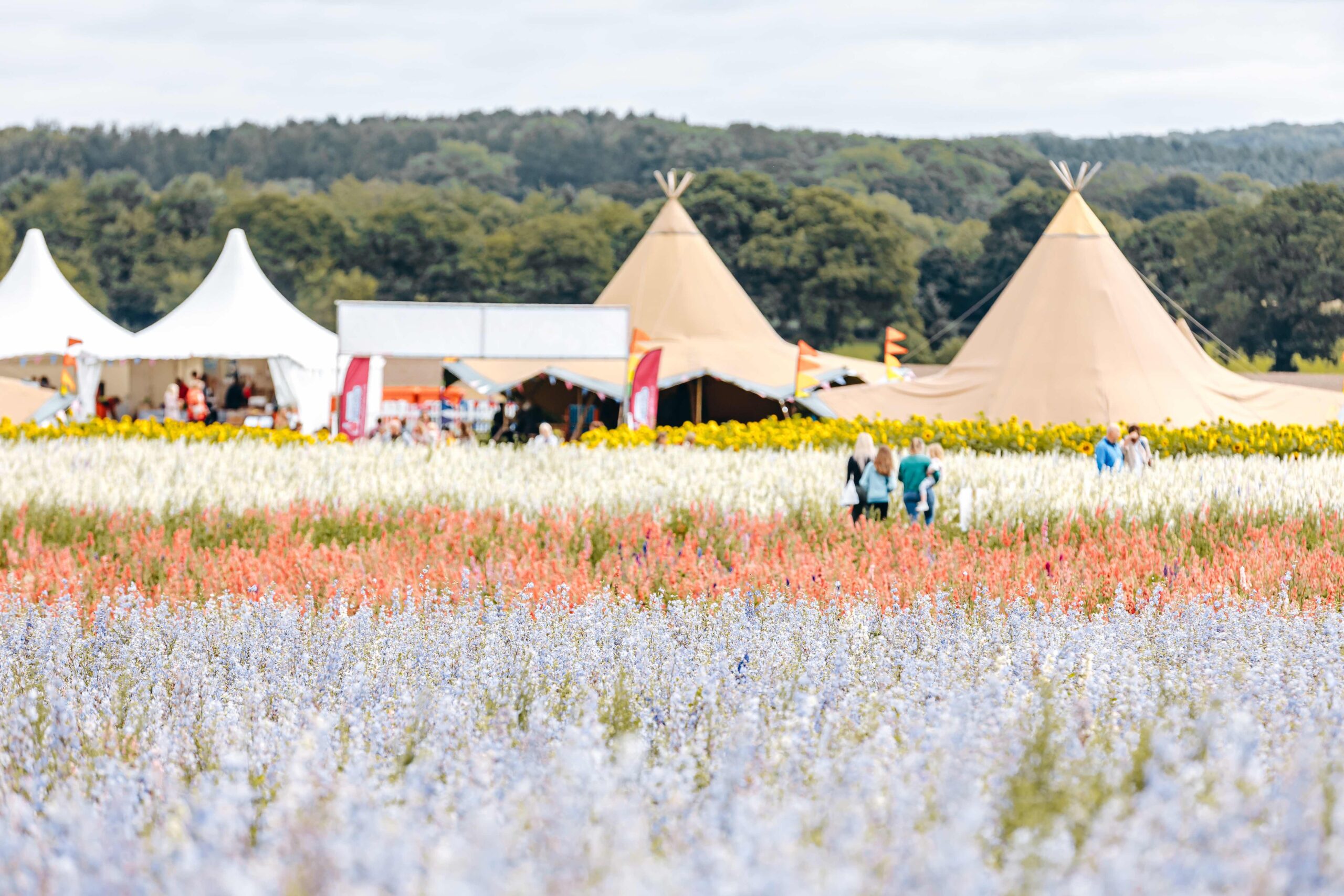24 April – 1 December 2024
The Coalbrookdale Gallery
From 24 April until 1 December 2024, the Ironbridge Gorge Museum Trust will host a new free temporary exhibition exploring the science of iron. ‘From Stars to Cells: The Life of Iron’, curated by the heritage conservation and education charity in partnership with Keele University, and supported by ACE, will take visitors on a journey from iron’s origins in space billions of years ago through to its use by humankind and in the Ironbridge Gorge. A highlight will be a decorative bead from ancient Egypt, on loan from University College London and exhibited outside London for the very first time.
The exhibition will begin by exploring the formation of iron atoms in stars and supernovas. Visitors will be wowed by colourful images of distant stars and spectacular supernovas, taken by NASA and the James Webb Space Telescope. They will have the chance to see up close real meteorites formed in space 4.5 billion years ago, on loan from private individuals.
Visitors will then step back to the 18th and 19th centuries and learn about the development of astronomy in the Ironbridge Gorge. There will be original records by local people describing events such as asteroids observed from the area and photographs showing local enthusiasts at work. These will be accompanied by an 18th-century telescope from the museum’s collections. To bring the story of local astronomy up to date, there will also be a selection of photographs taken recently by members of the Wolverhampton Astronomical Society.
The exhibition continues by exploring the formation of Earth over billions of years and iron’s vital role for life on our planet and in our bodies. It shows how iron first formed in the local area more than 300 million years ago, and how humankind has extracted and mined iron ore for its use.
The Trust is delighted to be able to display a bead from ancient Egypt dating from approximately 3200 BCE, on loan from the Petrie Museum of Egyptian and Sudanese Archaeology at University College London. The bead is the earliest known manmade iron object in human history, and this will be the first time it has ever been exhibited outside London.
Formed from a piece of iron meteorite, it was hammered and heated to make a bead for a necklace, a process that required the invention of blacksmithing. On this necklace – the other parts of which will also be on display – the iron bead would have been considered the most precious, metals like gold being much easier to shape. The Ironbridge Gorge Museum Trust is grateful to its Friends, who have paid for the case in which this bead will be displayed, and to Hiscox Insurance for insuring it.
Visitors will then be transported to the Iron Age and around 750 BCE, with a selection of objects on loan from Shropshire Museums. They will include jingling Iron Age coins from the Claverley Hoard, unearthed nearly a decade ago in Shropshire; a gold decorative torc excavated in Telford; and a bronze sword found in the River Severn. There will also be Iron Age slag, a by-product of the iron smelting process, from the Ironbridge Gorge Museum Trust collections. The exhibition will culminate in the story of iron in the Ironbridge Gorge, from the mid-medieval period through to the early Industrial Revolution.
Lauren Collier, IGMT Head of Interpretation and curator of the exhibition, said:
“With ‘From Stars to Cells: The Life of Iron’, we hope to reinspire people’s wonder at iron. Nowadays iron is a commonplace material that we associate with useful but overlooked objects like drain covers, tools and street furniture. But in fact, iron is an amazing material: it was formed light years away in space; took hundreds of millions of years to form on Earth; required thousands more years of human experimentation for us to learn how to use it; and when we finally did, it transformed our lives.
“The story of iron is particularly important to the local area, where the pioneering Darby family revolutionised our lives with their innovations in the iron industry, a symbol of which is the Iron Bridge. Through this exhibition we hope to inspire renewed excitement, wonder and appreciation of what they achieved. We hope visitors will come to see iron in a whole new way.”
After their visit, visitors are encouraged to delve deeper into their discovery of iron objects at the nearby Old Furnace and Coalbrookdale Museum of Iron. At Blists Hill Victorian Town they can also visit the blacksmiths and the foundry, to see iron being cast using traditional Victorian methods.
The exhibition will be accompanied by the opportunity for families to meet local astronomers and take part in stargazing events. On select Saturdays from May to November, members of Wolverhampton Astronomical Society will be in the exhibition gallery giving visitors young and old the opportunity to see up close modern telescopes and learn how they work. In November the society will also host a stargazing event on the Coalbrookdale Green, a chance to see what lies in the skies above Telford.
The exhibition has been produced in partnership with Keele University, in particular with the participation of astrophysicist and Keele Observatory Director Dr Jacco Van Loon, geophysicist Dr Ian Stimpson and biomedic Trish Proctor providing expert knowledge.









